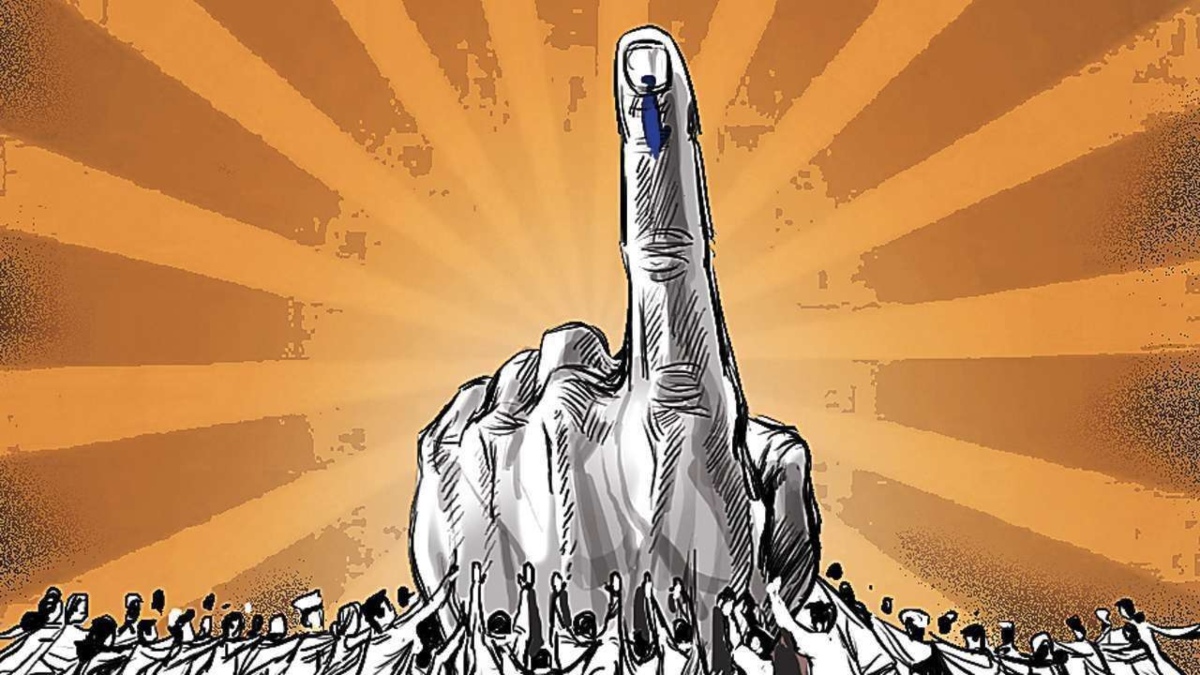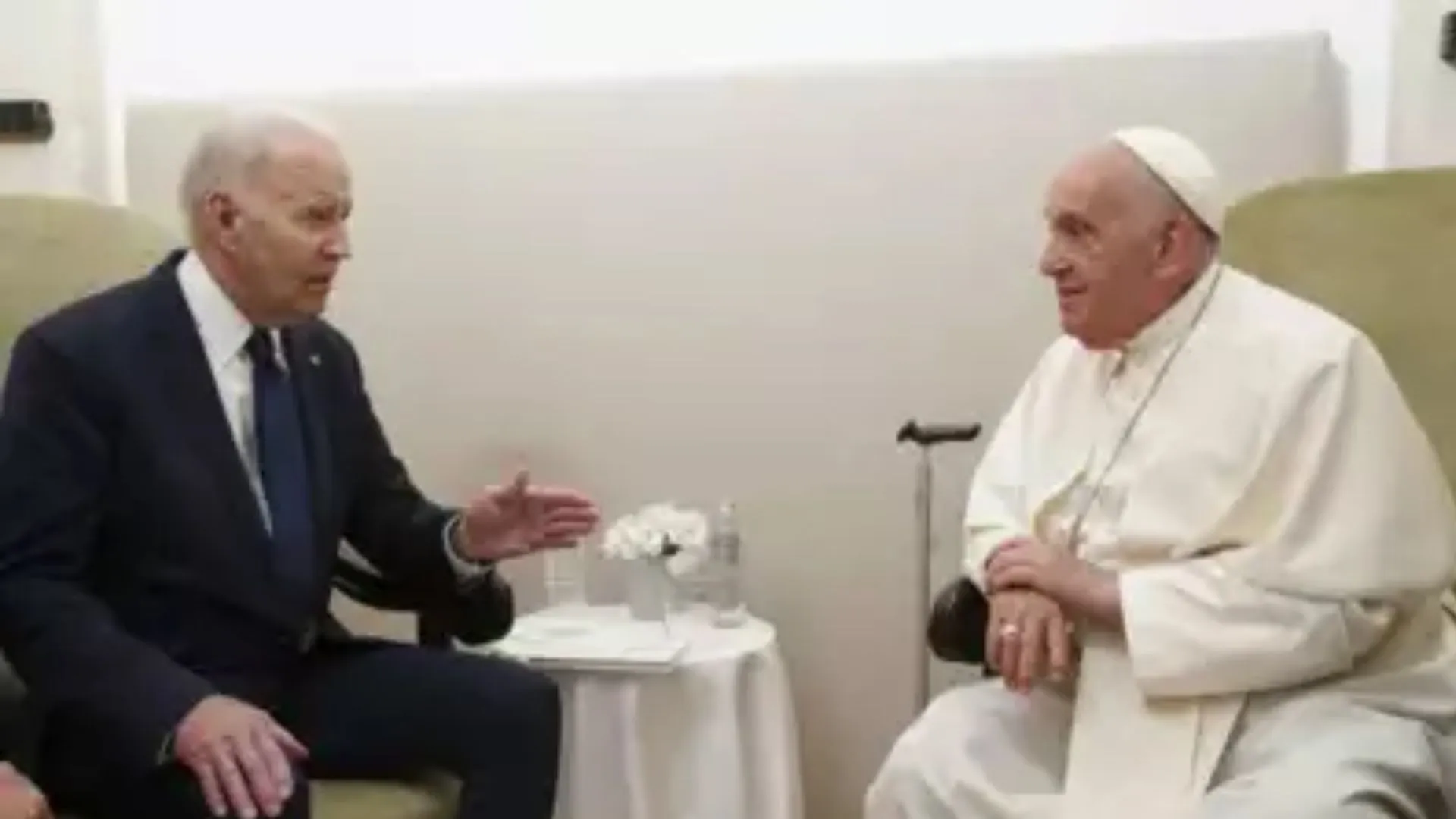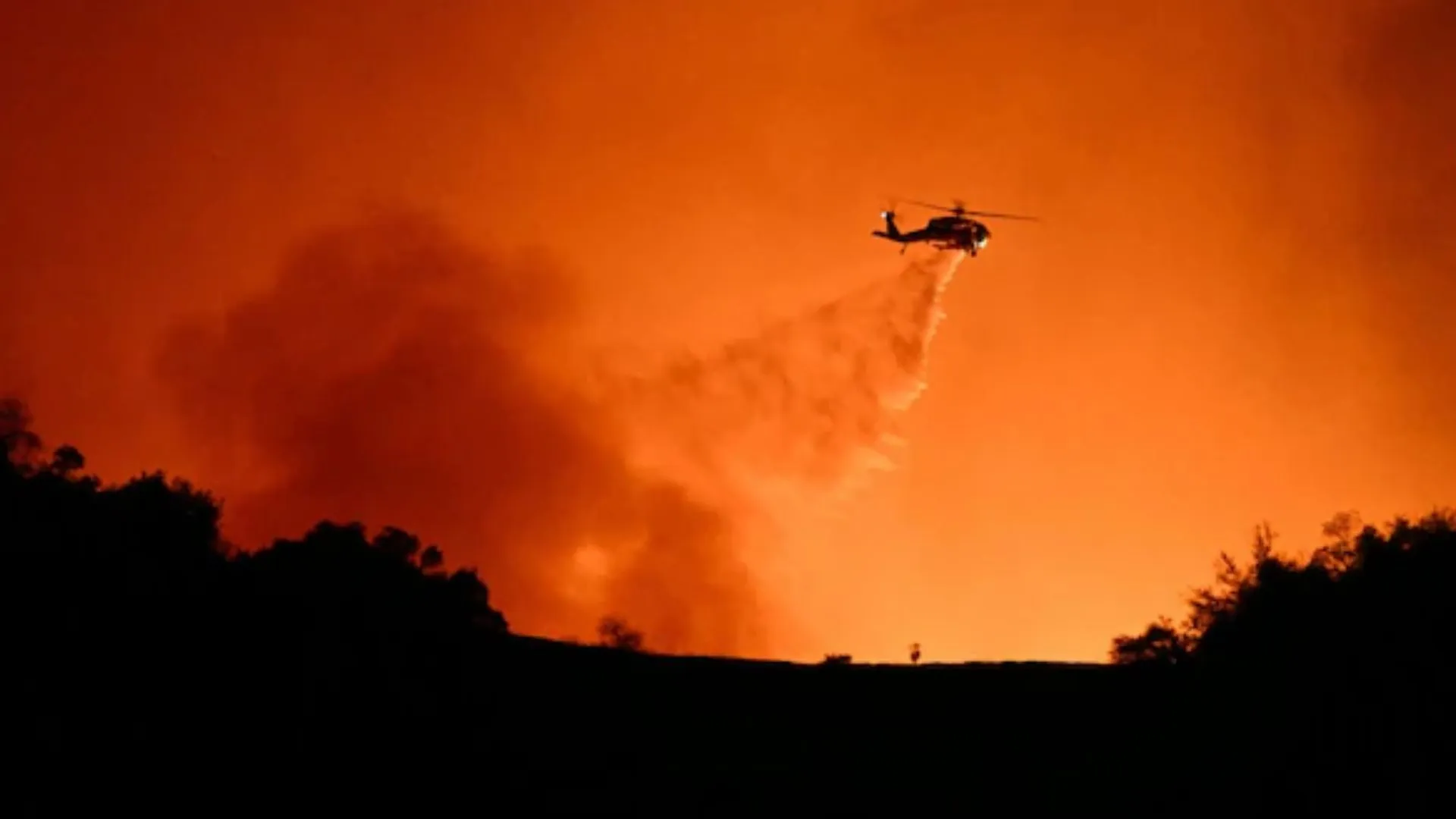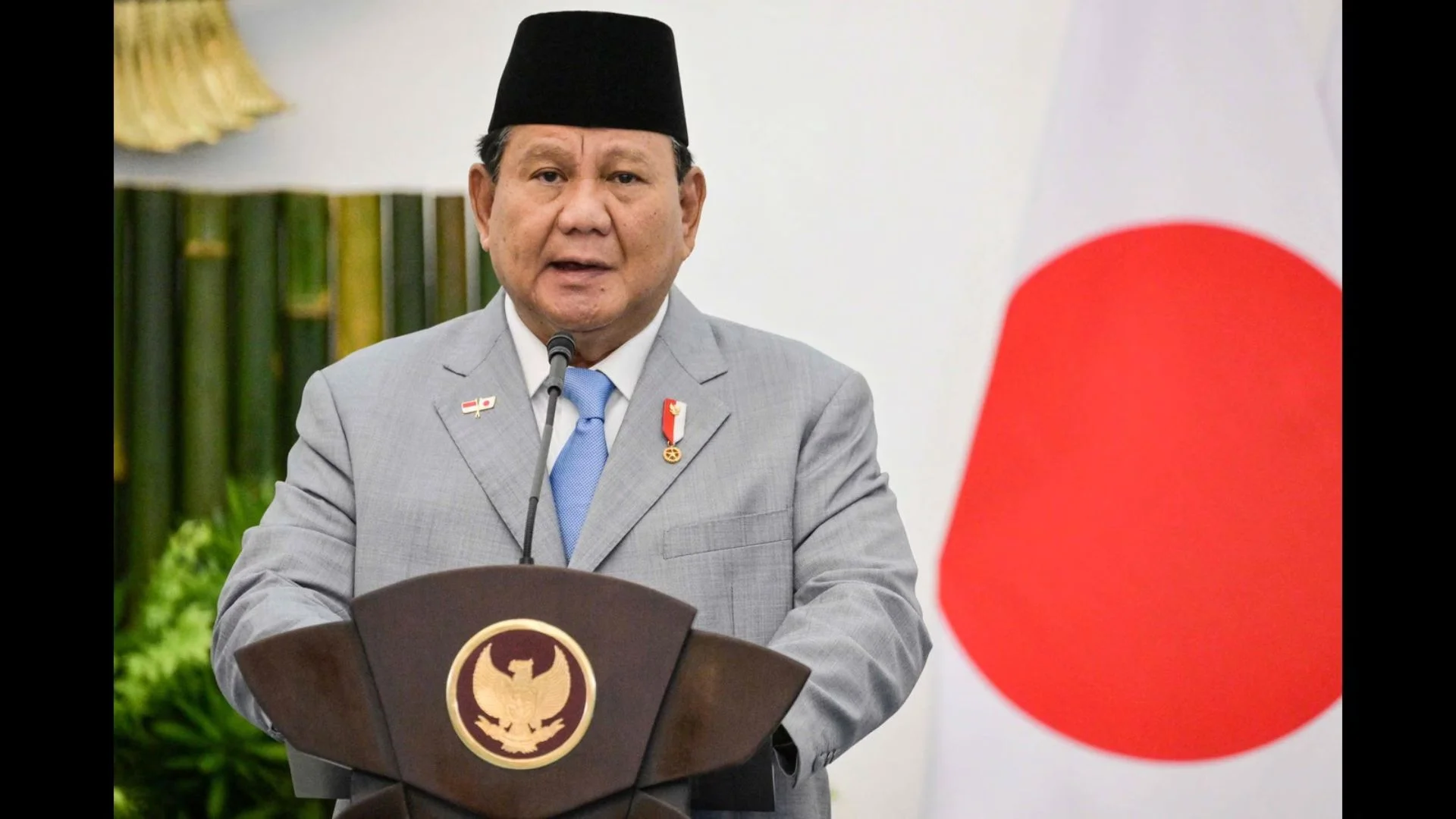The churning in UP is being keenly observed for the apparent exodus of some caste leaders. Is it caste reengineering or a repeat of the Bengal elections where a similar exodus was seen from the ruling TMC to BJP?
Apparently, caste is more powerful in states like UP than “vikas”, development. It is a complex situation. The election would be interesting to observe whether the development would be a vote generator or not.
It is interesting to recall that host of leaders, MLAs and other leaders joined the BJP in Bengal and most had got tickets too. Only a few got elected in the 2020 Bengal assembly polls election among the 73 MLAs. The story did not end there. As Mamata Banerjee romped back home with a thumping majority, again a reverse exodus started and continues till the day. That includes the Matua community leaders, who had helped the rise of the BJP in the 2019 elections.
The comparison is slightly incongruous. The politics of Bengal and UP are different. The common tip is whether a Bengal-like situation is developing in UP. If UP’s ruling BJP sees the exodus in that light may, it remains comfortable.
Does it mean that the Samajwadi Party has become powerful and can dislodge BJP? Not easy to say but SP is doing caste reengineering almost the way BJP did it some years back. SP leader Akhilesh Yadav is roping in different smaller caste groups. Since December 11, 2021, 17 leaders quit BJP and most of them have joined SP.
Most of the leaders leaving BJP since December 2021 are from different OBC groups having influence in different areas. This includes Omprakash Rajbhar of Suheldev Bharatiya Samaj Party, a caste based party of Rajbhars. They are among the extreme backward OBCs having influence in many parts of eastern UP.
Swami Prasad Maurya is a leader of another caste group that are spread in about 30 constituencies. Following him so far four others Roshan Lal Verma, Bhagvati Sagar, Roshan Lal Prjapati, ministers Dara Singh Chauhan and Dharampal Saini have quit the party and more are said to be in the queue. The UP deputy chief minister Keshav Prasad Maurya hints that these people left the party for their selfish ends. The overall perception gaining ground is that the SP has won back its lost grounds with Jaats of Jayant Chaudhury’s RLD and minority groups. Yadavs largely are with the SP. Akhilesh Yadav trying to win over smaller parties is again an attempt to unite splinter caste votes, a strategy that helped UP BJP in 2017.
The BJP spokesman Sangeet Ragi says that like the previous election, BJP is replacing about 50 to 60 percent MLAs and those who have left did so fearing it. Of late, another caste leader of Apna Dal is also clamouring to have 36 seats in the state elections. So far BJP has offered five. It is not easy for BJP to concede its strongholds to caste parties. It also cannot strengthen smaller parties at its cost.
The BJP has its concern. It cannot leave the field to caste parties and empower its leaders. The concern is legitimate. Most caste leaders have been given important party or ministerial portfolios. They are not losing the opportunity to further increase their clout in the region. This does not serve well for the BJP or its cadres for its national goals. The cadre is unhappy in different pockets and the BJP has to take care of them during these critical times.
The party and allied organisations’ cadre manage the BJP campaigning to the booth level. It is they who make the voters move to the EVM booths. The social engineering that had helped the BJP win 325 of 403 seats also brought a baggage of smaller parties. These parties cause many problems for the big brother. The smaller groups are viewed as a burden but nobody can say so. In a way those leaving BJP are helping it, the party leaders believe. Concern also remains on how to keep those caste groups along.
Those leaving the BJP include upper-caste Brahmins, extreme backward classes, and Nishads, who in 2017 had given the party an edge. They are from places like Allahabad or Prayagraj, Ballia, Bahraich, Sant Kabir Nagar, Sitapur, Azamgarh – all in eastern UP. There are some defections from Agra and Bulandhshahr too. Challenge is being noticed in key western UP areas in Mathura, Aligarh, Hathras, Baghpat and adjacent areas, wherever the RLD has its influence
As the SP is seemingly gaining enough to pose a challenge, the BJP also has successfully tried some defections from other parties. Belligerent Akhilesh Yadav is challenging the statement of chief minister Yogi Adityanath – 80 percent with BJP and 20 against – with reversing it as in his favour. He is criticizing Yogi for giving it a communal tinge. The BJP feels it is heightened Hindutva that would help it cross the opposition challenge. May be but if some of the local party leaders and activist cadre are to be believed polarization though may be helping the party has to look at numbers too.
The party won about100 seats with a margin of 100 to 2000. These marginal seats are a matter of concern. It is more so as SP is supposed to have increased its vote share from 21.5 percent in 2017 to 31 percent. The BJP vote share remains around 40 percent as per poll surveys. It had 39.67 percent of votes in 2017. This means while the SP has added to its kitty, BJP share remains stagnant or it has not been able to add more support despite its focus on Hindutva, Ram temple, Vishwanath corridor and Sri Krishna temple.
A BJP election organizer in eastern UP says that this is a small concern. The party is confident about the edge it has against the SP. It has also to see how Congress acts in this election. Though nobody says it has much of strength its recent road shows, the approach of Priyanka Gandhi, may cause some surprises in pockets. So far no Congress-SP understanding is being seen. If at all that happens there may be a difference in results. The BSP for now remain an enigma.
The BJP organiser like some other party campaigners in western UP feel that the BJP gains in the west would be limited. It has to gain the maximum from the east. In the central Avadh region too it may have a mixed bag.
The rise of SP is being noted in the BJP but it says the SP has its baggage. Post recent panchayat elections an aggressive Yadav posturing is said to have annoyed people in the rural areas. It reportedly reminds them of its 2012-17 lawless regime. More they feel Akhilesh becomes active it would turn more people against it.
The minorities aligning with SP may also hurt it, is yet another perception. The en bloc voting of the minorities causes reactive voting and that helps the BJP. The Hindutva and minority factors ultimately help the BJP get back to power.
In this entire discourse, development is not really a major poll issue despite some claims by BJP and barbs by the opposition against it, so far the poll planks revolve around Modi, Yogi, Akhilesh, the temples and castes.
Joblessness, farmers issues and inflation hurt people but yet not at centre stage despite opposition harping on it.
However, till the people go to the poll booths it would remain an intense situation. Many changes may be observed. The BJP is prudently not taking Akhilesh lightly as the course to 2024 national elections would be set by UP. Nobody would have a cakewalk. The scenario remains complex and interesting























